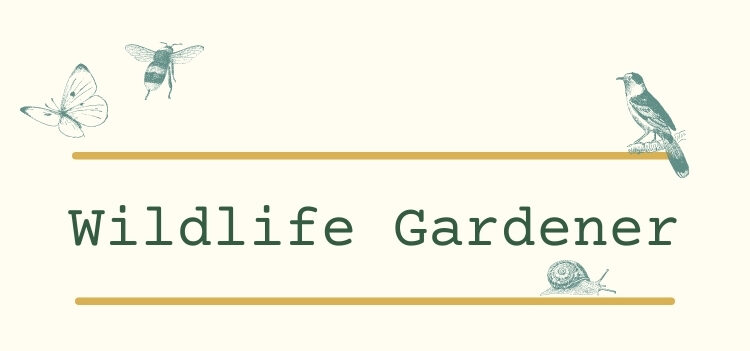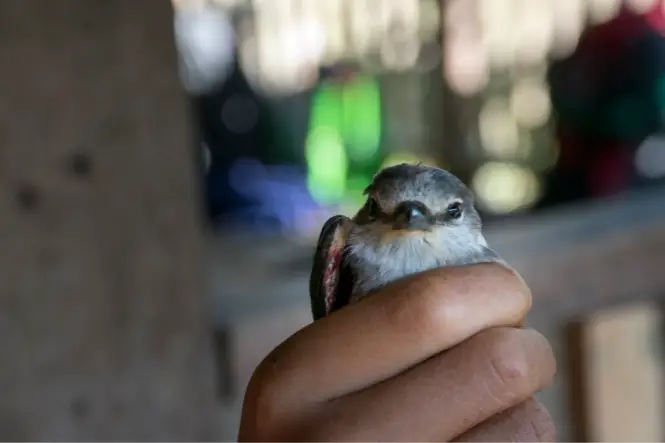It’s our natural human instinct to be worried about any injured animal we might come across. However, what we often tend to forget is that wildlife is simply that – i.e. ‘wild’. In other words, unlike pets, they have a natural tendency to be wary and even scared of humans and, as such, they can be very unpredictable and even dangerous when injured unless you know what you are doing.
Your Own Personal Safety
Your own safety has to be your first priority when assessing how you intend to deal with an injured animal you might come across, even though your instinct will be to try to work out how you can best help them. Remember, whether injured or not, a wild animal’s natural instinct is to fear humans and they will often react to that fear by using their teeth, beak, talons, claws, hooves etc to try to bite, kick out or scratch you. Therefore, if it’s a mammal such as a badger, fox, bat or hedgehog, for example, the best thing you can do is to call the RSPCA which have a 24 hour advice line.
The people who work for the RSPCA not only have the correct protective clothing but also carry with them the proper equipment for handling wildlife and are specially trained in rescuing injured animals and taking them into care. Likewise with birds, they may not seem as dangerous as some larger mammals but if approached when injured, they too can inflict injury with their beaks so once again you should call out the RSPCA. Where possible, you should stay within a visible distance but not too close to the injured animal or bird so that if it moves or attempts to flee, you’re able to give the RSPCA as much information as possible as to where you last saw it if it is out of sight by the time they arrive.
Out On The Road
An injured animal on the road presents another kind of problem than if you encounter one in your garden as they are obviously more at risk of being killed by a passing car. As with the general advice above, where possible you should not try to move the animal but simply stop the car, put on your hazard lights and try to stay fairly close to the animal whilst the hazard lights should serve as a notice to approaching vehicles to slow down and steer around the site of the injured animal. However, before attempting to do this, you should not put yourself in any danger of being hit by oncoming traffic yourself so make sure you can be seen.
In extreme circumstances and depending on the type and size of the animal itself, if you do feel the urge to move the animal to the side of the road, the important thing is to only do so if you’re wearing thick gloves and carrying the animal with your arms outstretched so that there’s less parts of your body to aim for if it tries to attack you. If it’s a relatively small mammal or bird, putting a blanket over it first before you attempt to lift it to safety will prevent it from struggling as much and offers you more protection. However, even here, not only could you still run the risk of being attacked by the animal but you could also cause it to flee which could ultimately mean that it ends up being killed or in more danger so the general rule is to call for professional help and wait for the RSPCA or some other appropriate organisation to arrive.
Never Put An Animal Out Of Its Misery
Some people may say that if an animal is severely injured, you should put it ‘out of its misery’ and end its life yourself but you should never do this. Wild animals have remarkable recovery powers so you should always leave it to a qualified vet or member of the RSPCA staff to make that judgement call.
Sadly, it’s part of nature that wildlife will occasionally get injured and die as a result of their injuries but there are also many success stories too and cases where very badly injured animals have been rescued, treated for their injuries and have been able to be released back into the wild or have found new homes in animal rehabilitation centres so the best thing you can do if you come across an injured animal, whether it be in your garden or out on the road whilst driving, is to inform the RSPCA and stay with the animal but not too close as to scare it, until professional help arrives.

